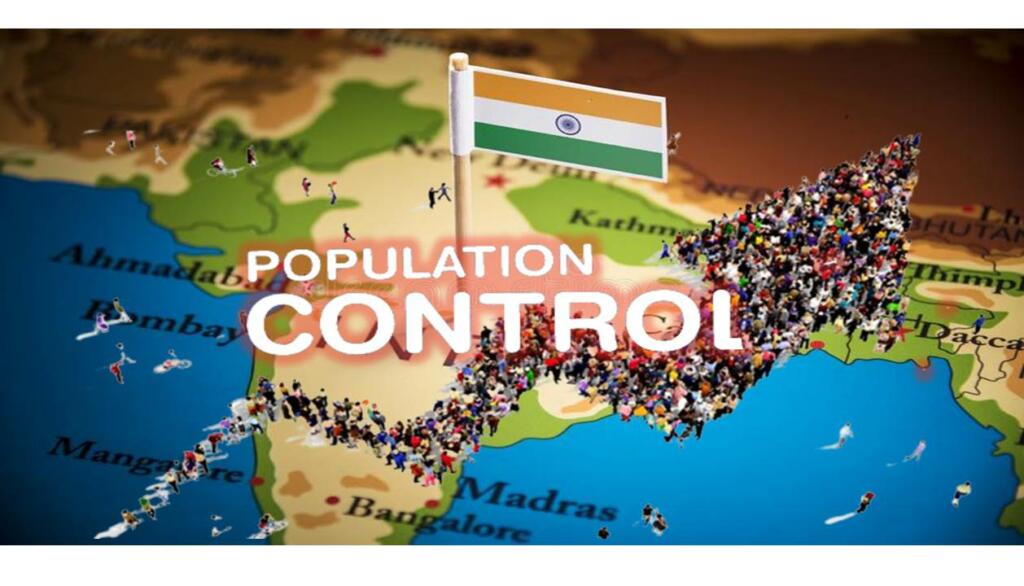BJP withdrew its population control bill from Rajya Sabha on Friday after health minister Mansukh Mandviya’s intervention. So is the BJP not serious about population control? It is. But despite forcing legislation onto the public, PM Modi-led Central government has instead adopted the way of persuasion rather than coercion.
Read More- PM Modi’s “Population Explosion” message is a move to save India from a demographical takeover
BJP’s Population control Bill
In July 2019, BJP MP Rakesh Sinha had introduced Population control Bill in Rajya Sabha. The bill sought to enforce a two-child rule and advocated for penal provisions for violations. The bill was introduced as an MP’s private member bill aimed at regulating the population nationwide.
Although, the bill was withdrawn on Friday after the intervention of health minister Mansukh Mandaviya as the BJP does not want “to repeat emergency.”
BJP MP Rakesh Sinha while withdrawing the bill on Friday acknowledged the efforts of the central government and showed hope that India will soon stabilize its population under the leadership of PM Modi.
Read More- Mansukh Mandaviya rips the opposition’s fake claims over Covid deaths apart like a pro
Health Minister Mandaviya’s intervention
Mansukh Mandaviya, who currently owns the health portfolio in the Narendra Modi cabinet opposed the bill, proposed by a BJP MP in Rajya Sabha. While opposing the bill, Mandaviya said that instead of using “force”, the government had successfully used awareness and health campaigns to achieve population control.
Mandaviya insisted on the reduction of Total Fertility Rate (TFR) suggested by National Family Health Survey(NFHS)- V and census data. Mandaviya put forward the impacts of previous family planning schemes run by PM Modi-led central government and discussed its success.
Read More- Why China and the US should fear India’s new Health Minister Mansukh Mandaviya
Mandaviya elaborated that there has been witnessed a reduction in Total Fertility Rate (TFR) to 2.0 at the national level insisting that the population growth rate is consistently decreasing. Mandaviya said, “When we talk about NFHS and look at the Census, we can see the success we have achieved. In 1971, the average annual exponential growth was 2.20; 2.14 in 1991; 1.97 in 2001; and 1.64 in 2011. It shows that population growth has declined and has been declining. The rate of growth seen between the ’60s and ’80s has come down significantly. It is a good sign. The total fertility rate has dropped to 2.0 in NFHS-V.”
With these data, Mandaviya tried to establish that government policies on population control without using force, or making it compulsory, and through awareness are doing wonders and there is no need to try force.
Read More- Hindus have a fertility rate that will turn them into minorities in India
Is Population a real problem?
The population rise and fall is a constant debate, while the total fertility rate is 2 at the national level, the data from some states are worrying that needs special attention. While insisting on the above fact, Sinha said, “Between 1901 and 2011, Hindu population has reduced by 13.8 percent, while Muslim population has increased by 9.8 percent. This is a fact.”
This clearly shows there is an immediate need for holistic effort in the direction of population control, rising above caste, religion, language, or district.
It is a well-known fact that barring the Emergency period, India’s family planning has been based on democratic means, and the BJP wants to follow the method of persuasion and not coercion when it comes to population control.
